Ferrari Testarossa
When Ferrari wanted to present a successor to the 512 BBi in 1984, it remembered a model name that had already caused a furor in the late 1950s. Based on the cylinder head painted in red shrink varnish, a racing version of the 250 had been called the ‘Testa Rossa’ (red head). For the new road-going sports car, the two words were combined into one in the mid-1980s to create the Testarossa. Fittingly, the cylinder heads were again painted red. Otherwise, however, the two cars have littel more in common than the number of wheels, rear-wheel drive and logos. Incidentally, in 2017 Ferrari lost the name rights to the word “Testarossa” to a toy manufacturer, as it was felt that it hadn’t been used for too long. So there will be no new Ferrari Testarossa.
No boxer, but a 180-degree V-engine
While the 250 Testa Rossa carried a classic three-liter V12 engine under the front hood, the new Testarossa did everything differently. As with the previously built 365 GT/4 Berlinetta Boxer, which over the years evolved first into the 512 BB and then the 512 BBi, the mid-engine V12 here featured a cylinder bank angle of 180 degrees. Compared to a boxer engine familiar from the Volkswagen Beetle or Porsche 911, the 180-degree V-engine’s two opposing connecting rods share the same crankpin. The low design keeps the center of gravity low in the car. At the same time, however, the overall width is significantly greater than with a classic V-engine. Thanks to two overhead camshafts on each side and a Bosch K-Jetronic system, Ferrari extracted 287 kW/390 hp and 490 Nm of torque from 4.9 liters of displacement. Enough for a topspeed of over 290 kph (180 mph).
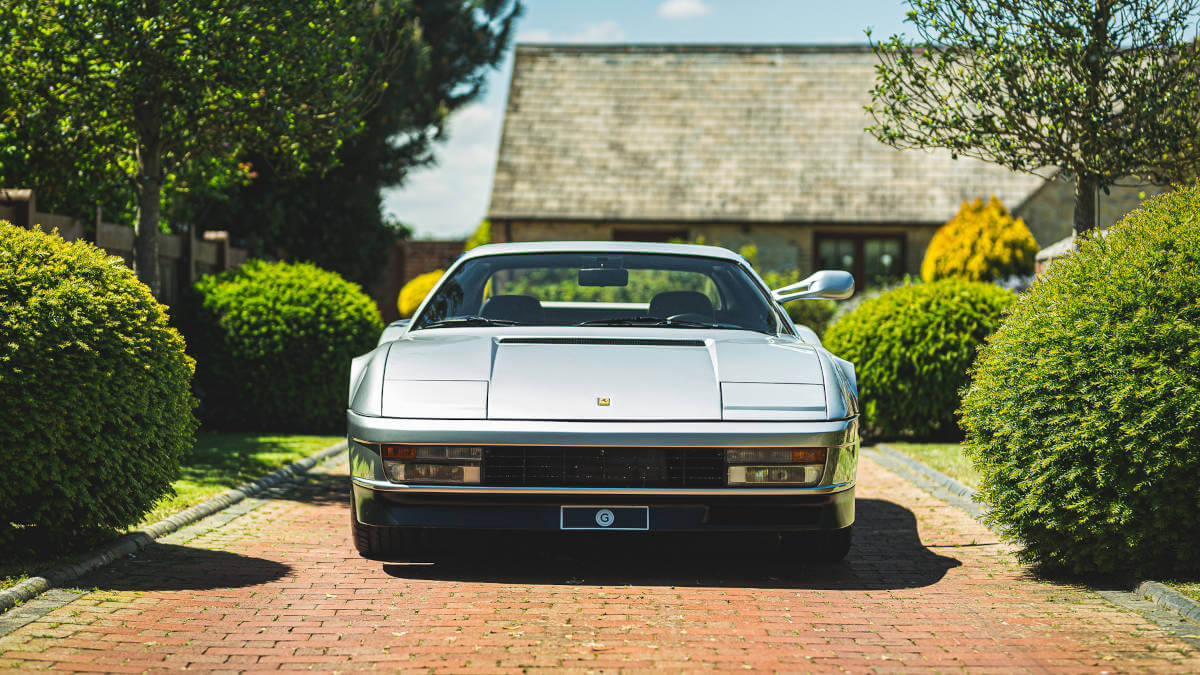



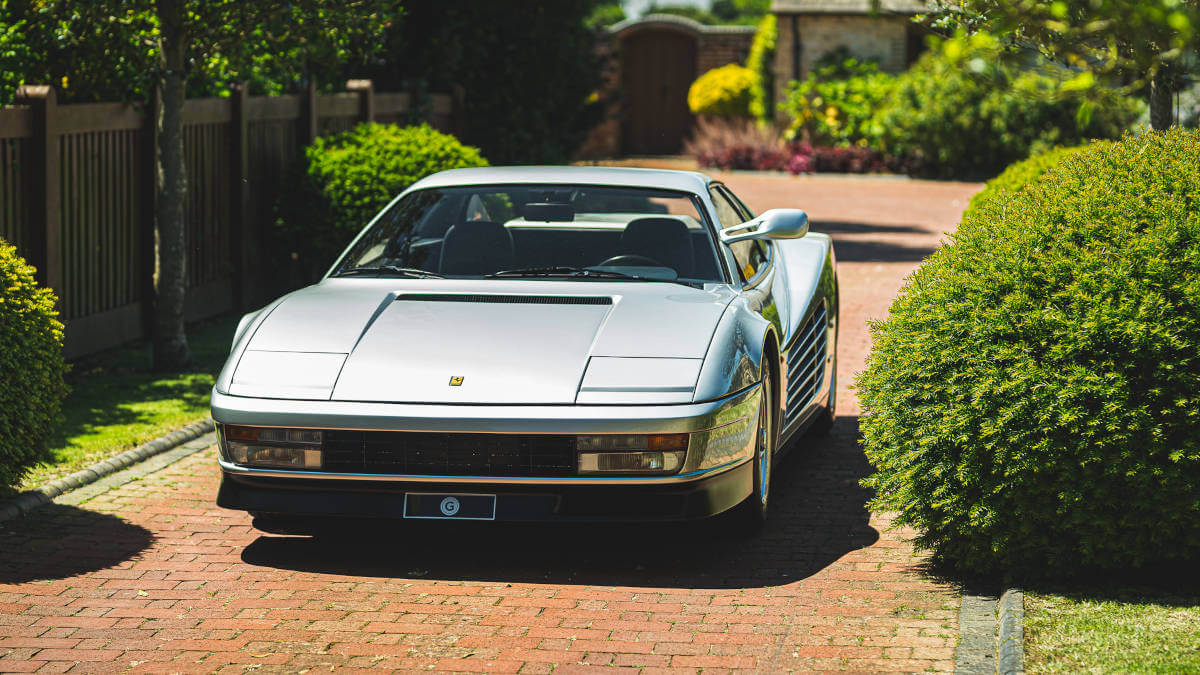























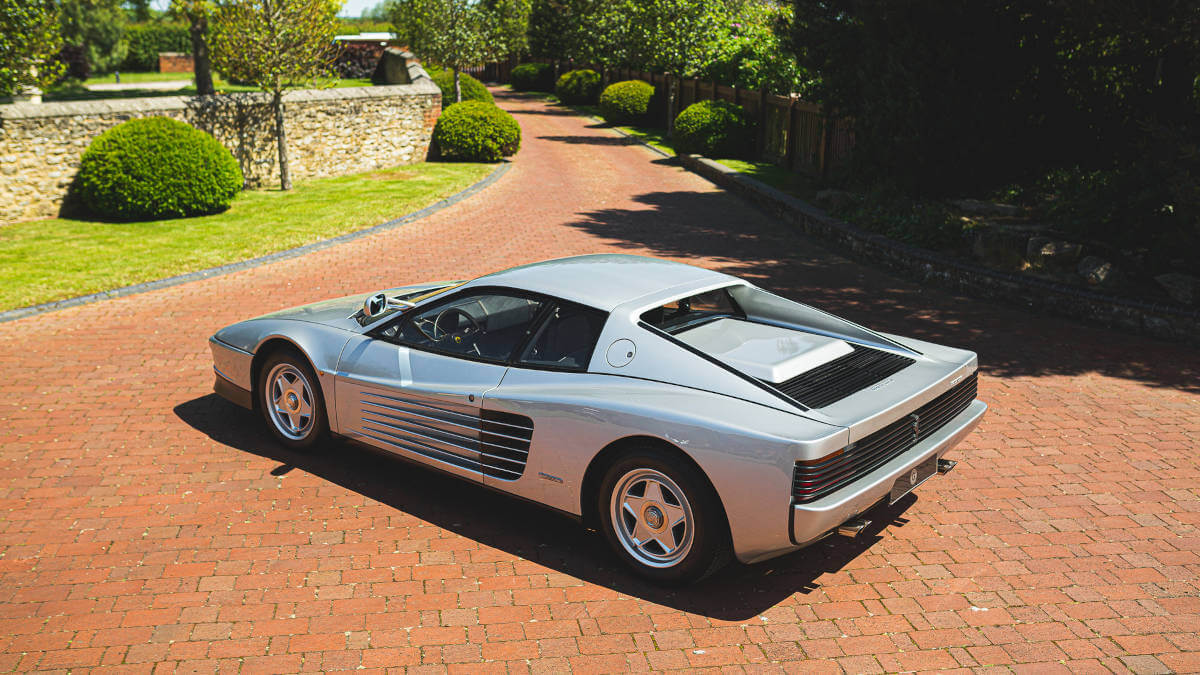



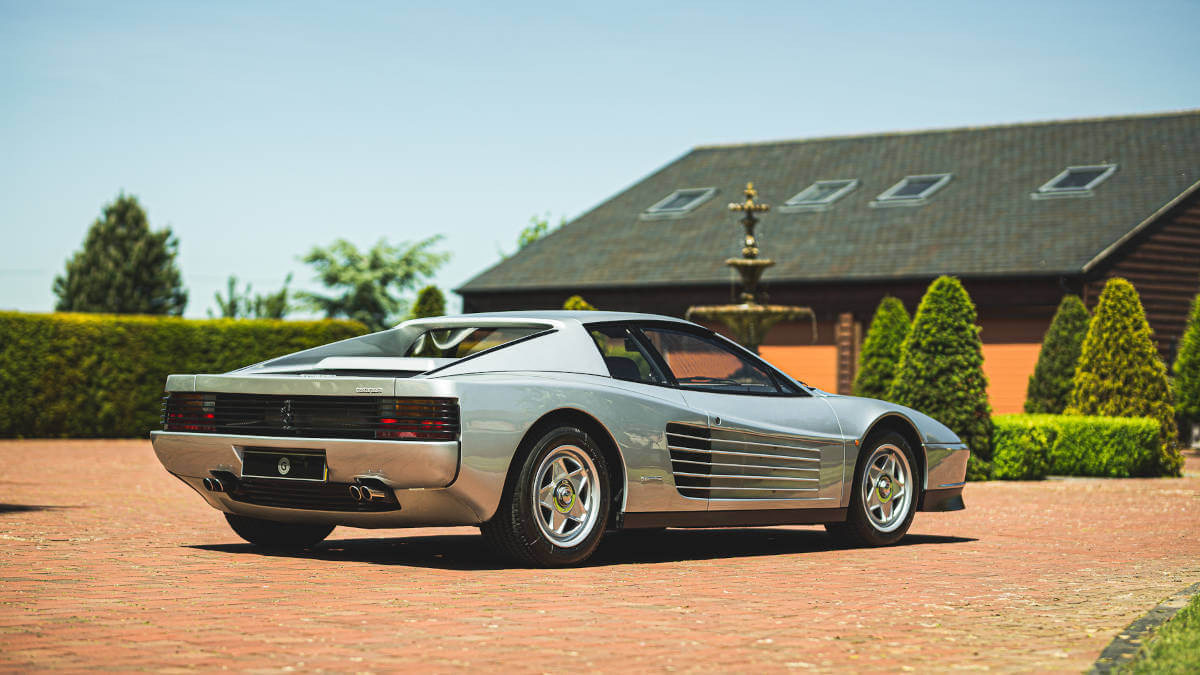



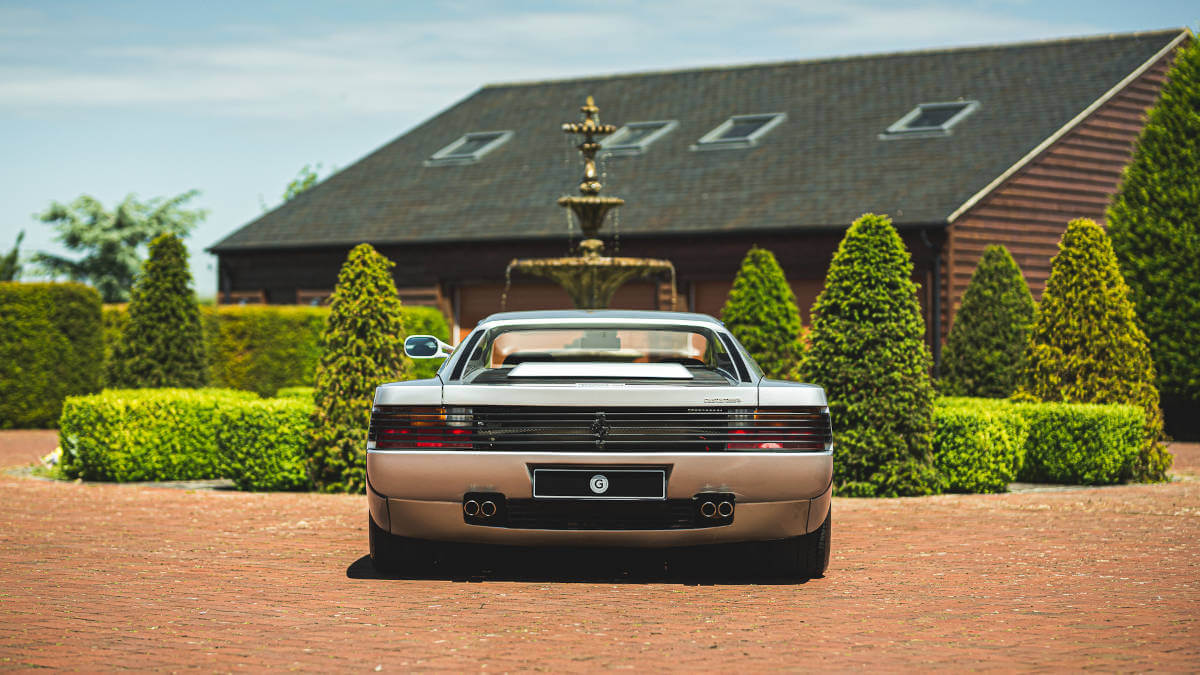



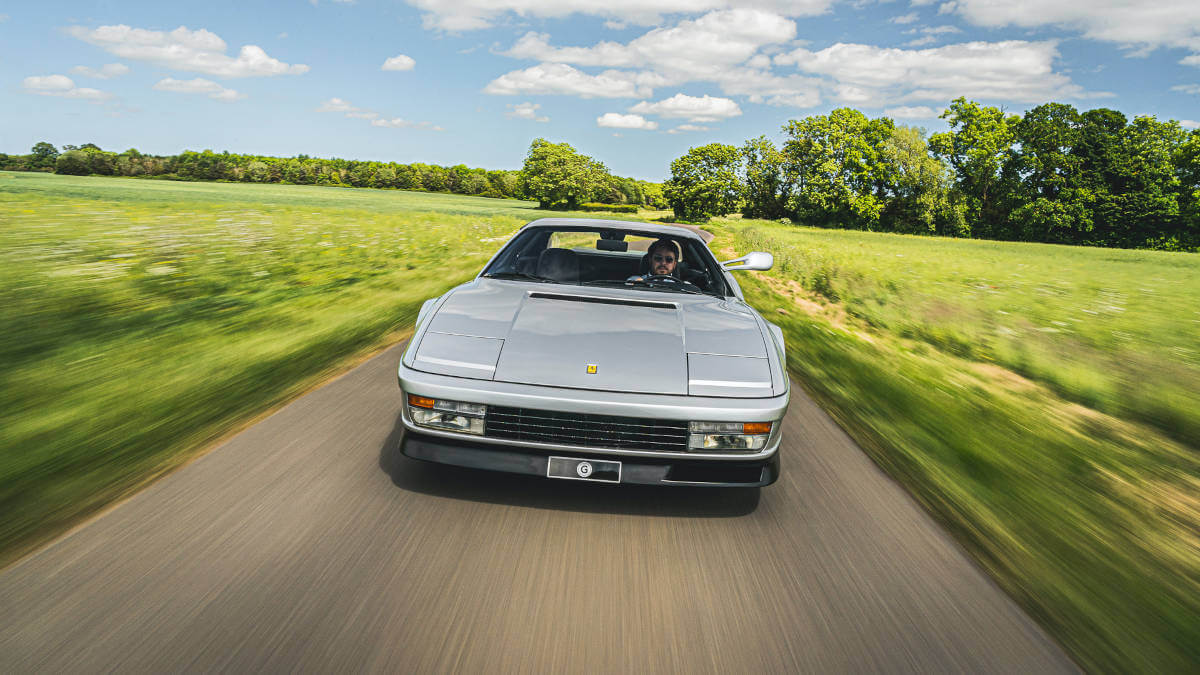











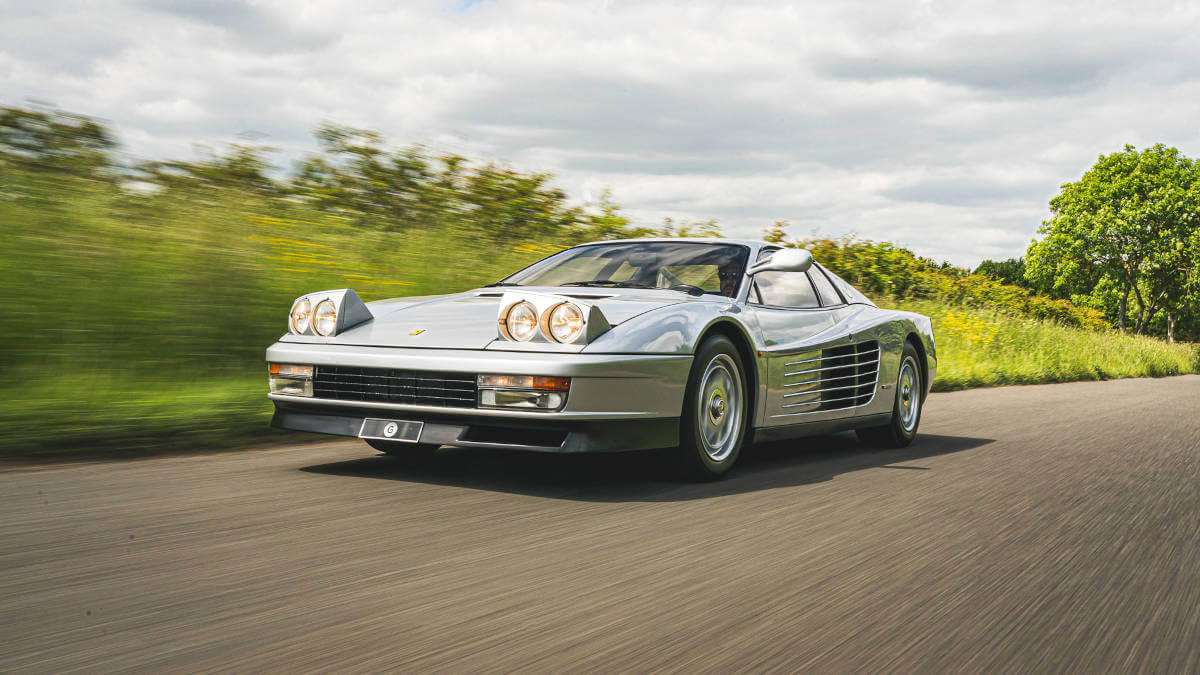



Longer, wider, and higher than the 512 BB
Looking at the tubular steel frame underneath the body, you see only few changes compared to the 512 BBi. The engine and five-speed manual transmission hand in a subframe that can be completely removed from the rest of the car for maintenance. All four wheels hang on double wishbones, each with two spring/damper units. In the front, 225/50 VR 16 tires were used, in the rear 255/50 VR 16 tires. In the first model years, Ferrari used five-spoke rims with central locks, known internally as ‘Monodado’. The dimensions of the mid-engined sports car were 4,486 millimeters long, 1,976 millimeters wide and 1,130 millimeters high with a wheelbase of 2,550 millimeters and a curb weight of 1,506 kilograms. It thus outperformed the 512 BB in every direction, offering more interior space and a larger trunk.
Striking design became a tuning model
Although the frame had been carried over almost unchanged from the previous model, there was nothing visually reminiscent of it. Pininfarina was tasked with designing a new body to match the zeitgeist of the 1980s. Under then chief designer Leonardo Fioravanti, the team of designers Guido Campoli, Ian Cameron, Diego Ottina and Emanuele Nicosia produced an extraordinary masterpiece on wheels. While Nicosia provided the basic design, they then worked together on fine details as well as balanced aerodynamics. Ferrari had moved the water radiators to the rear next to the engine to deal with the BB’s cooling problems. As a result, the Testarossa needed large side air intakes behind the doors, which, however, couldn’t simply be left open in many markets for licensing reasons. This resulted in the now legendary side vents, which were copied by many tuning companies. However, they also led to a lack of understanding among customers, who condemned them as “cheese graters” or “egg slicers”.
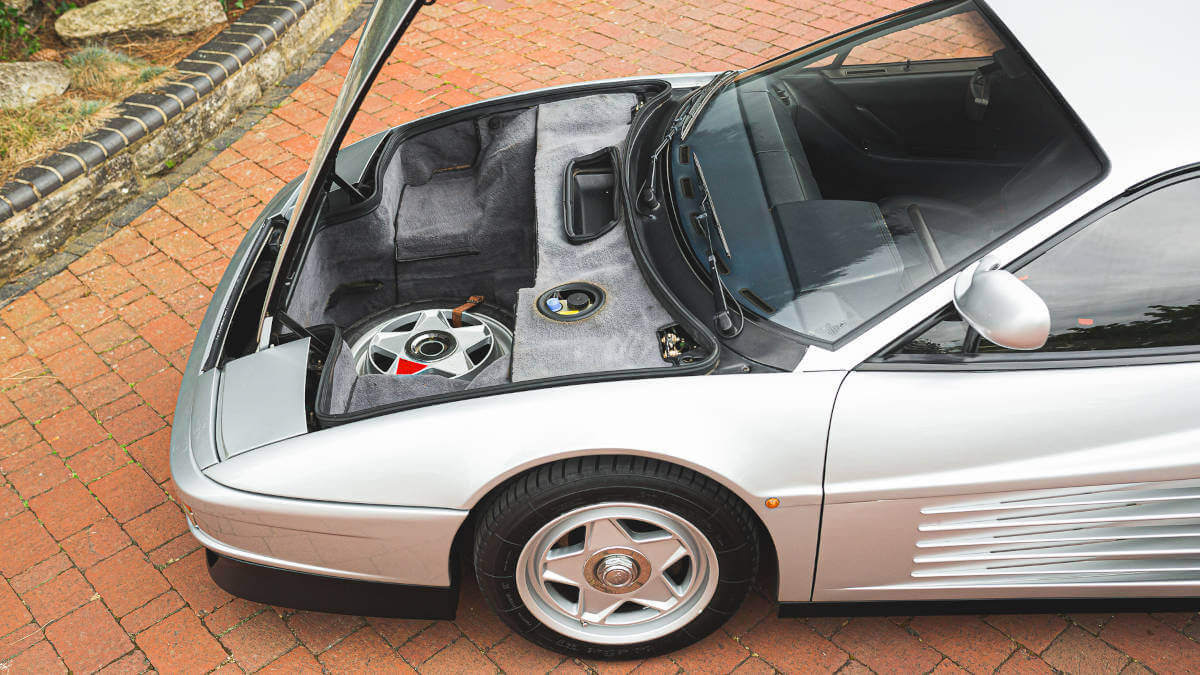







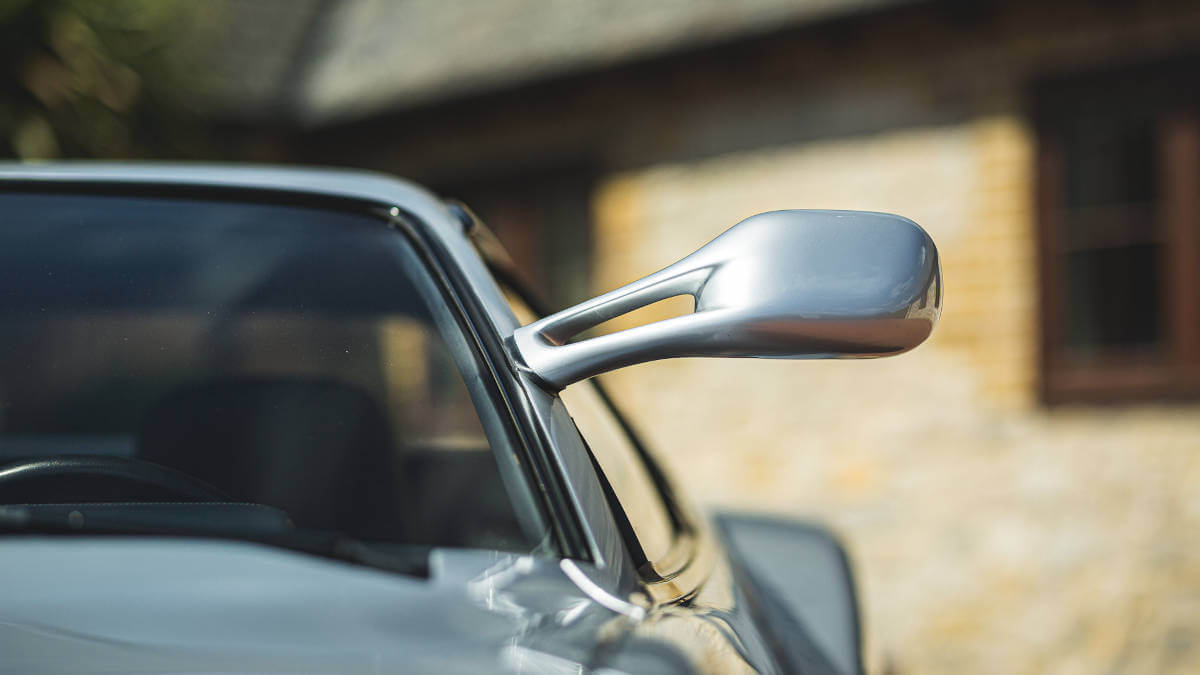







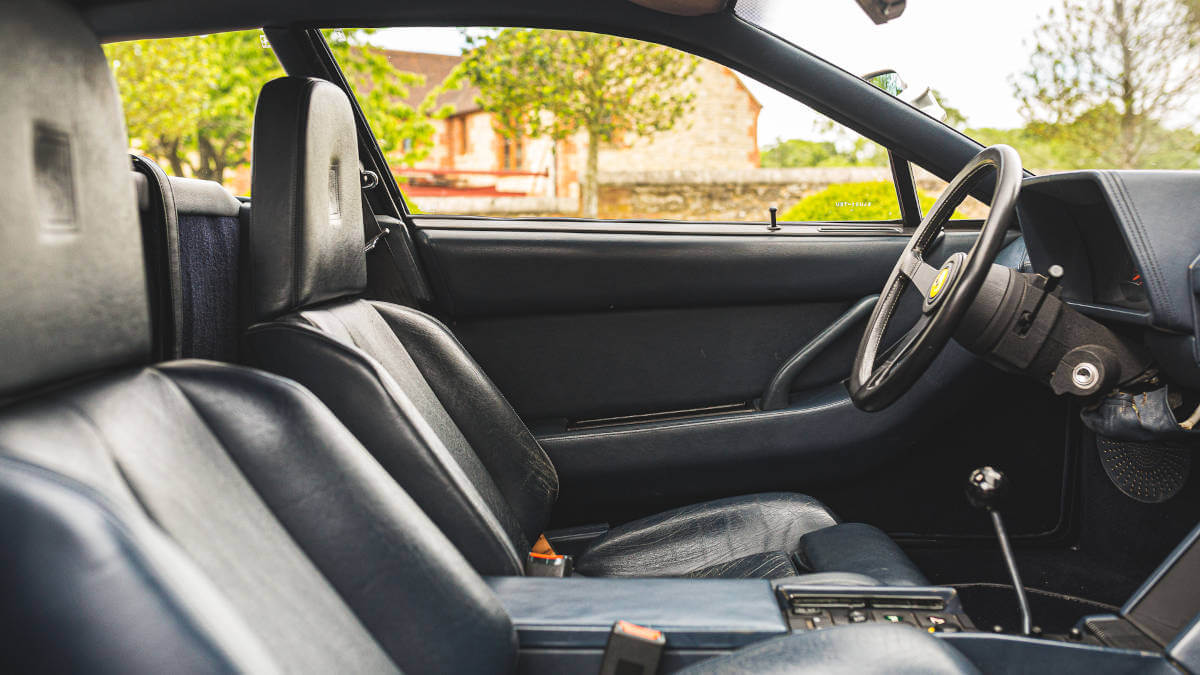



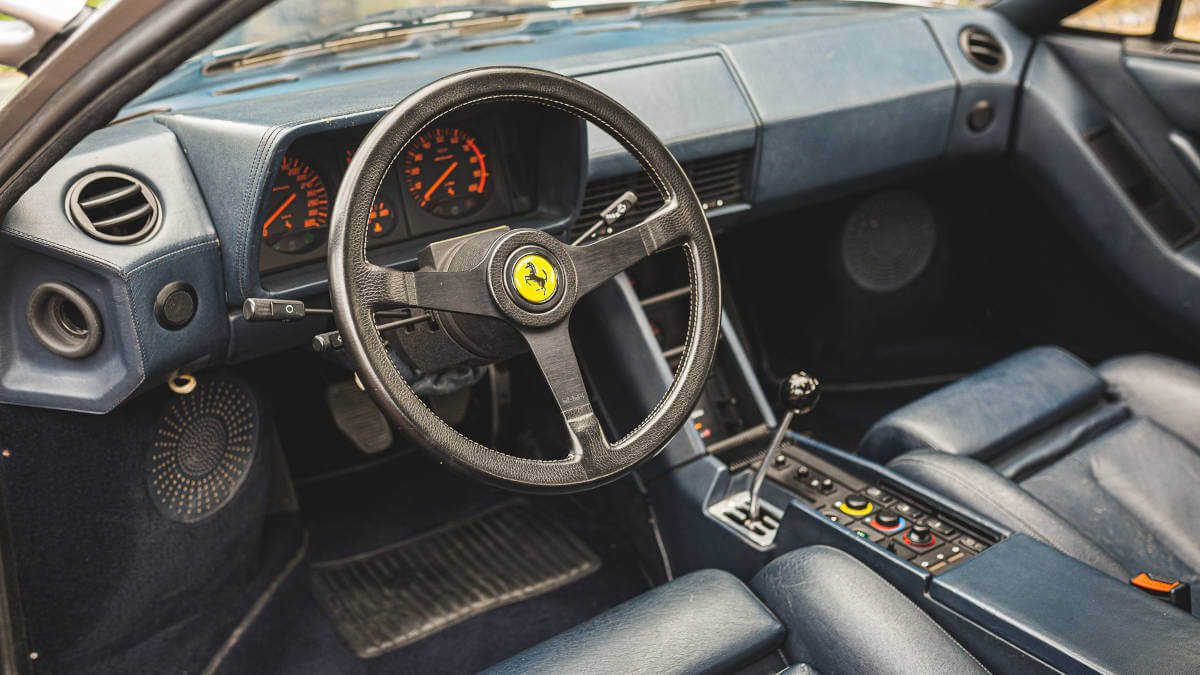



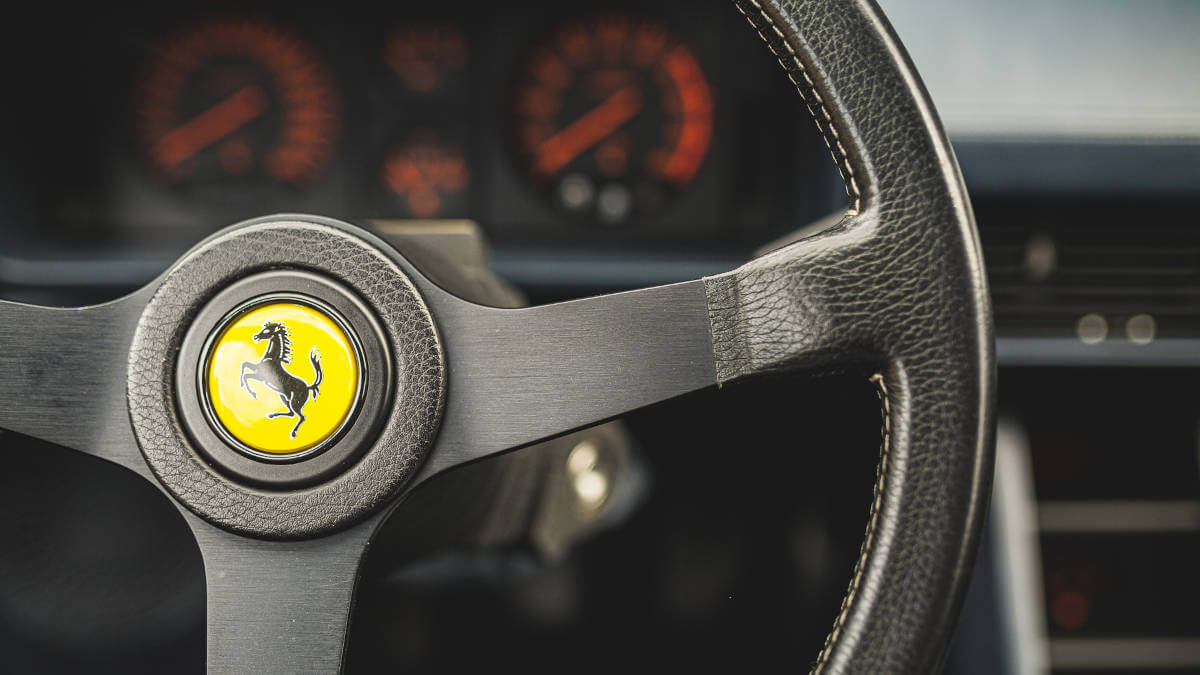



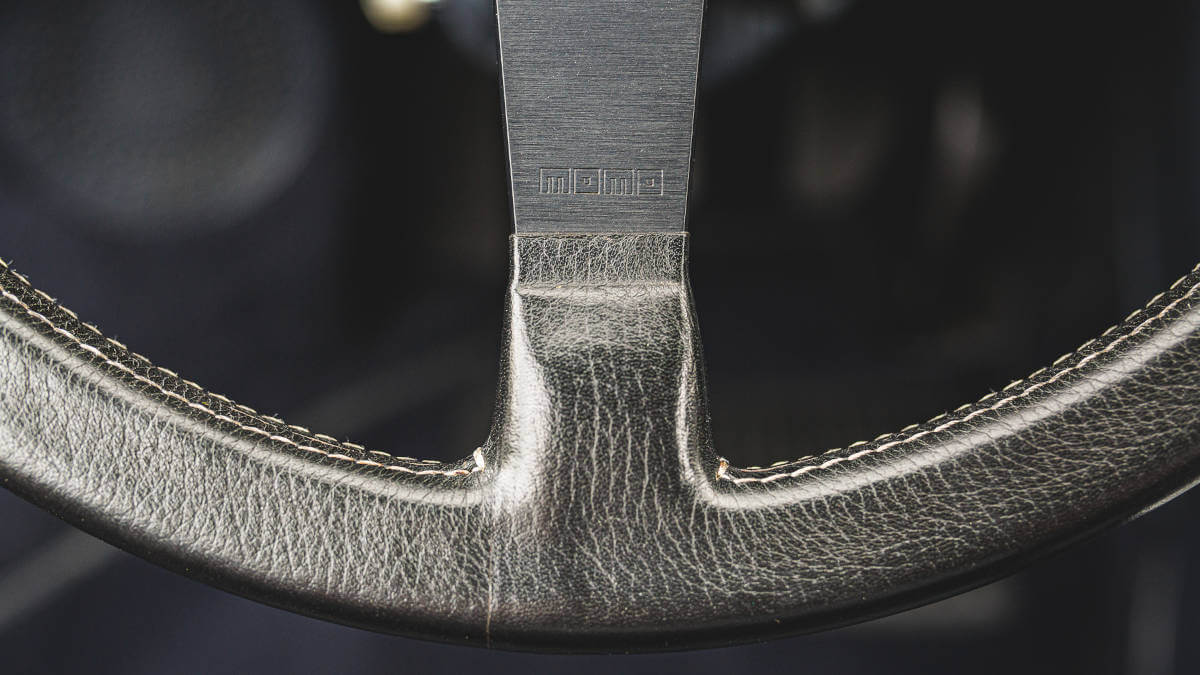



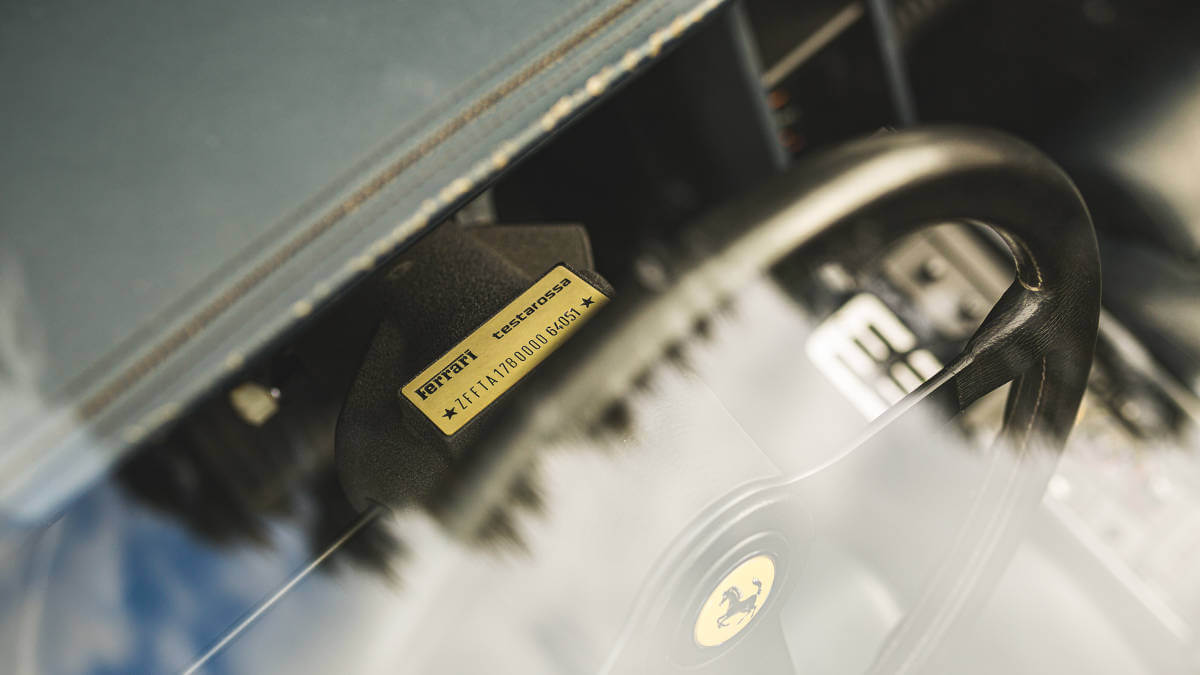







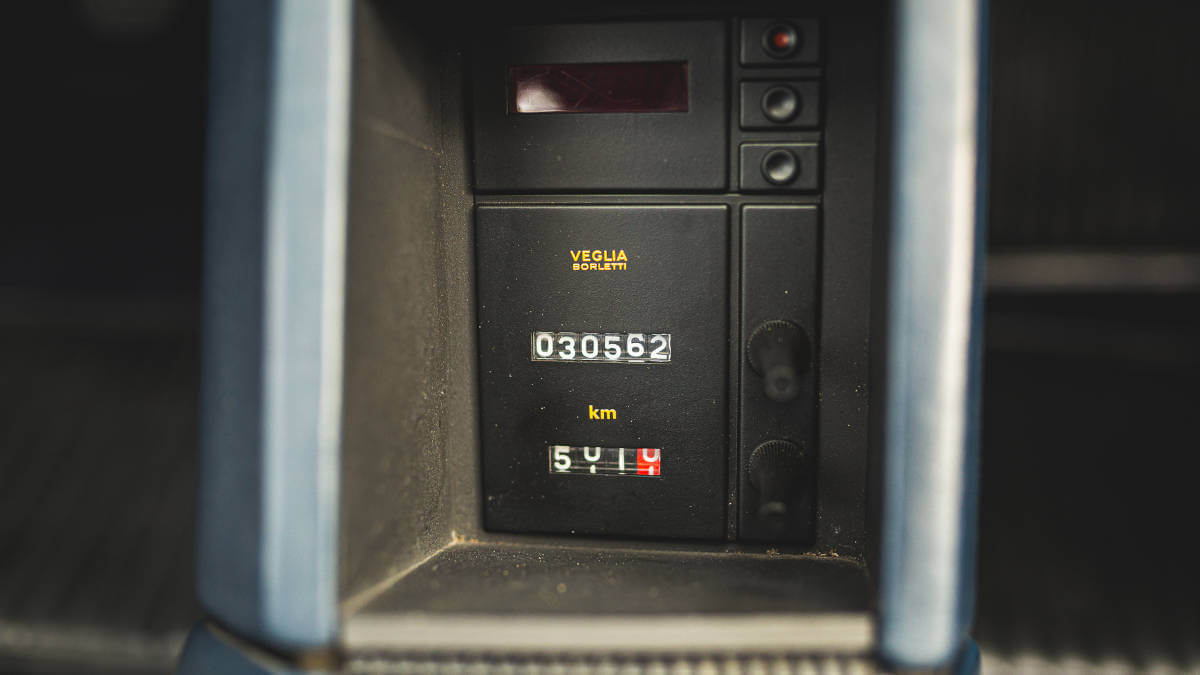



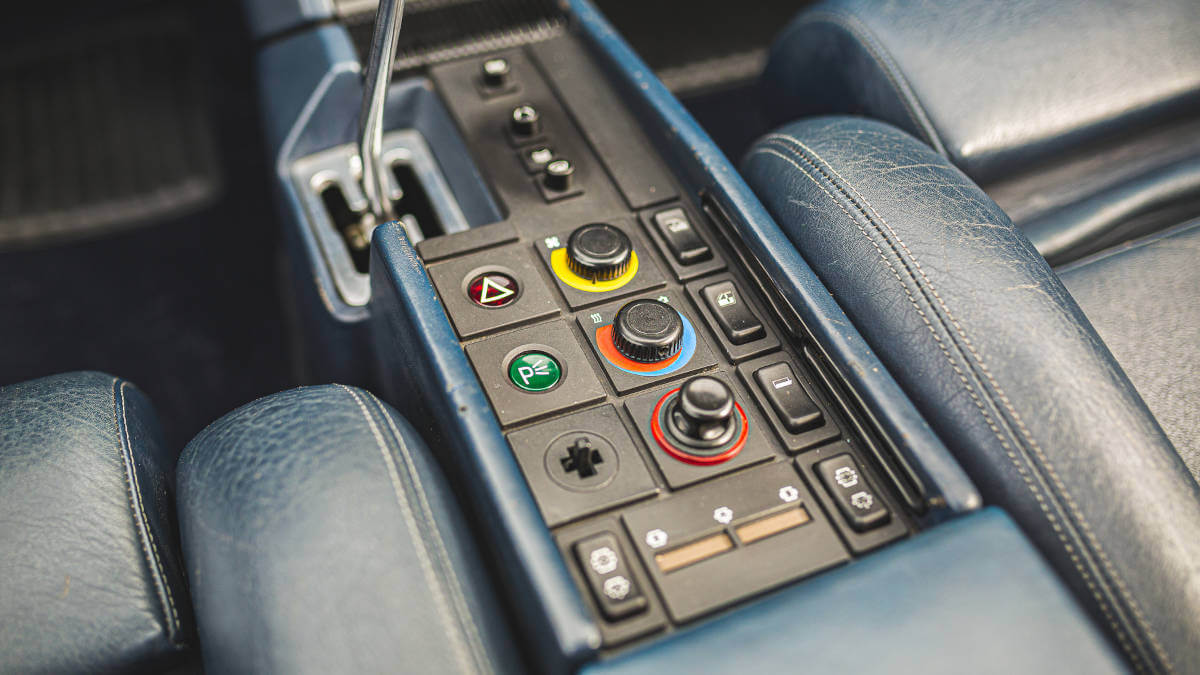



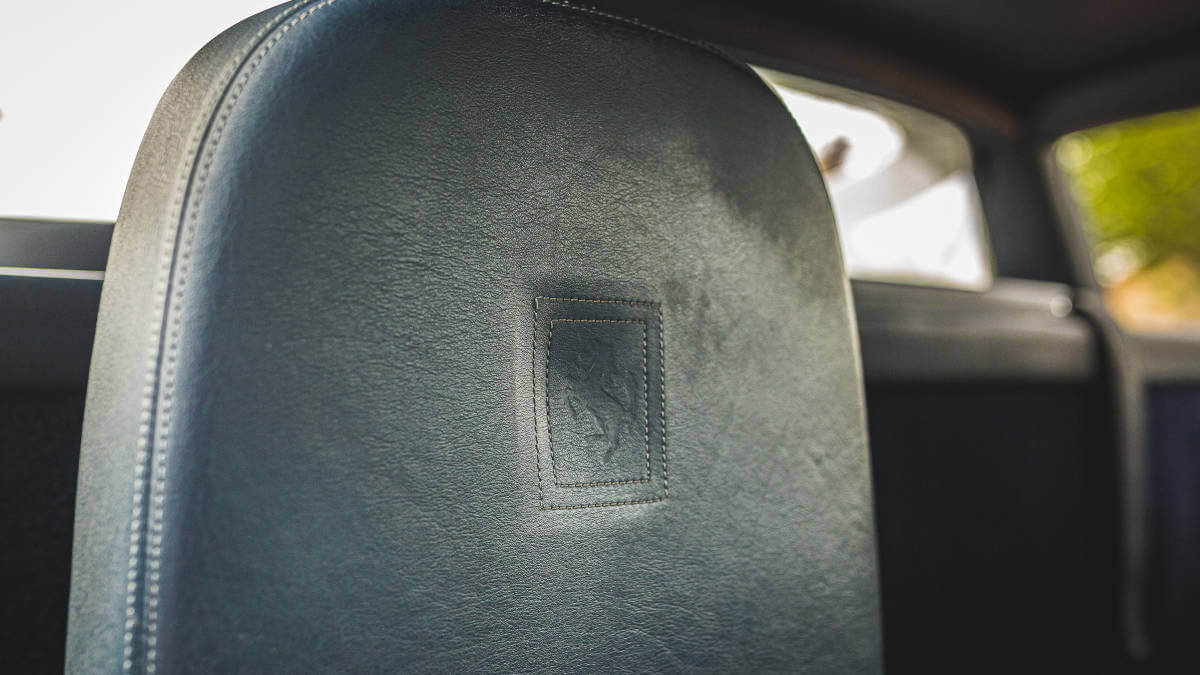















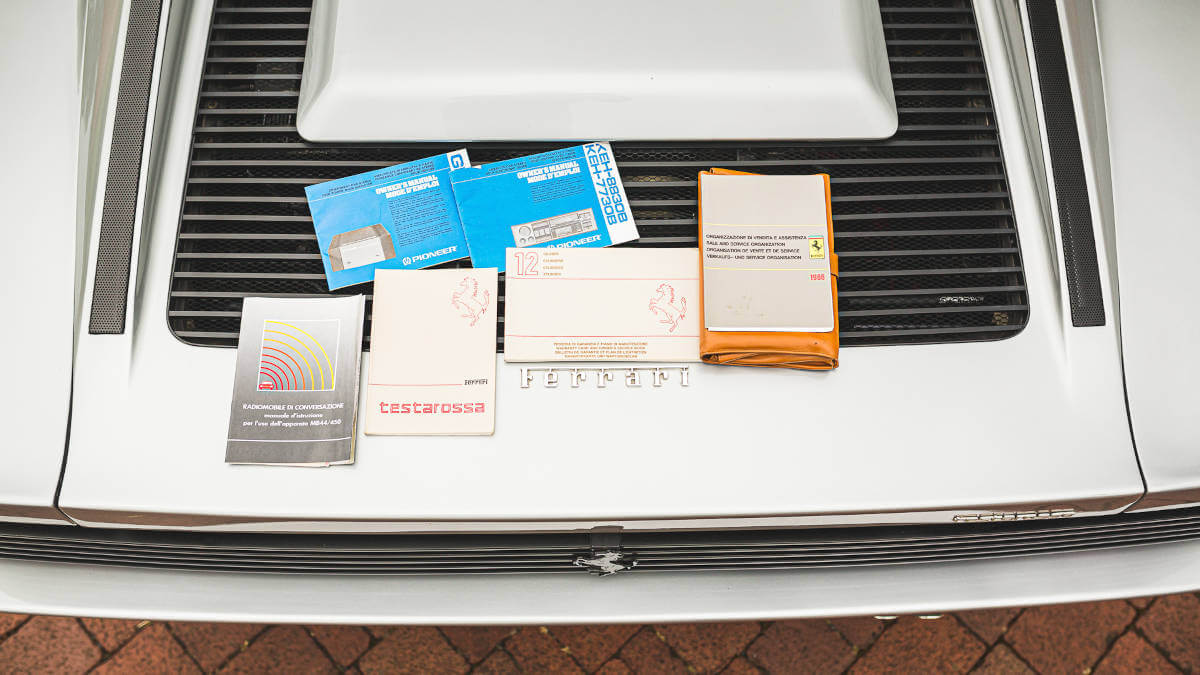



Almost 10,000 units in 12 years of production
One particular detail of the early model years was due to a misunderstanding. Ferrari had read the registration guidelines to mean that a single exterior mirror would suffice, but it had to be mounted at a certain height. Thus one mounted the “Monospecchio” centrally at the A-pillar. For the 1987 model year, this error was corrected and the mirror was supplemented with another one on the passenger side, both now attached to the typical mirror triangle. In 1992, a comprehensive model update was carried out on the 512 TR, followed by another in 1994 for the 512 M, in which the pop-up headlights were dropped in favor of clear-glass lights. Both further developments improved the weight distribution between front and rear by one percent each (originally 40:60, for the 512 TR 41:59 and for the 512 M 42:58). A total of 9,939 examples were built, of which 2,261 were the 512 TR and 501 the 512 M.
1986 Testarossa at Girardo & Co.
Girardo & Co. currently offers a 1985 Ferrari Testarossa for sale. Thus it concerns one of the copies with “Monospecchio” looked for by collectors. In contrast to the majority of the production, chassis number 64051 was painted in “Argento Metallizzato” (silver metallic) ex works. The interior shows blue leather. The first owner was Arrigo Recordati in Milan, who registered it to his company Fimei. Within ten years, he drove less than 10,000 kilometers with the sports car. For the next five years, the Testarossa belonged to David Hart in the Netherlands, who had it auctioned by Bonhams in December 2000. He was followed by three owners in the UK before the advert by Girardo & Co. now. Mileage is just over 30,500 kilometers and the price is £ 130,000.
Image: Girardo & Co.




